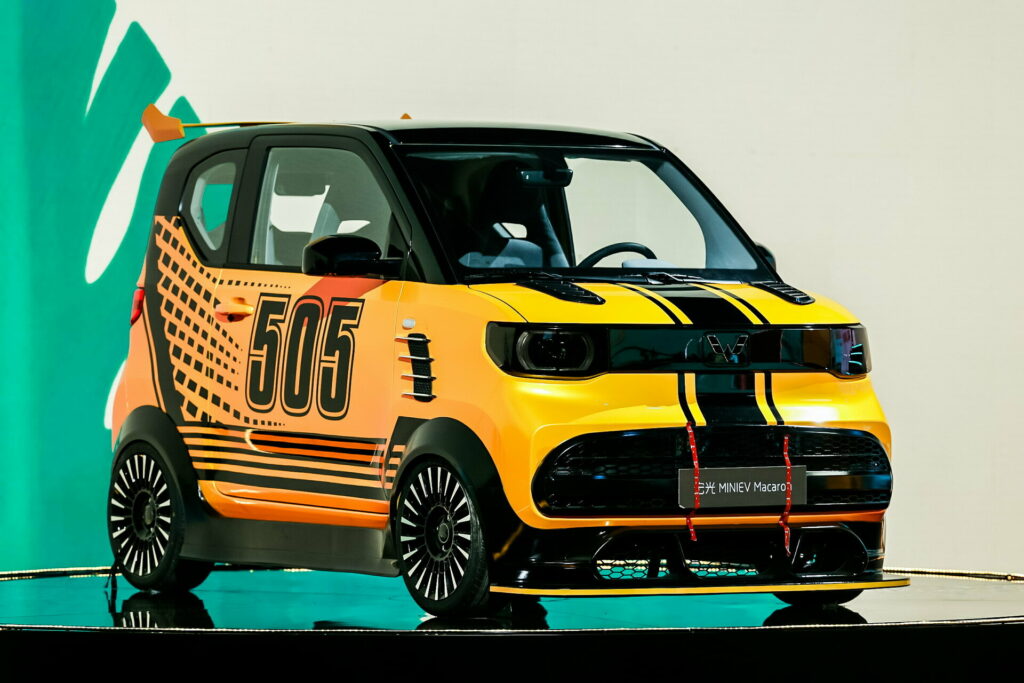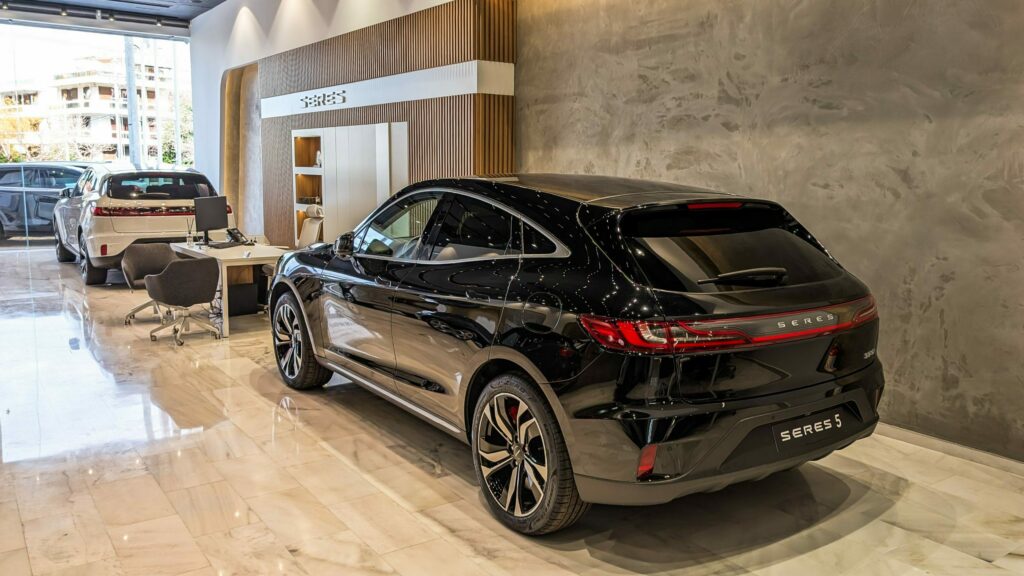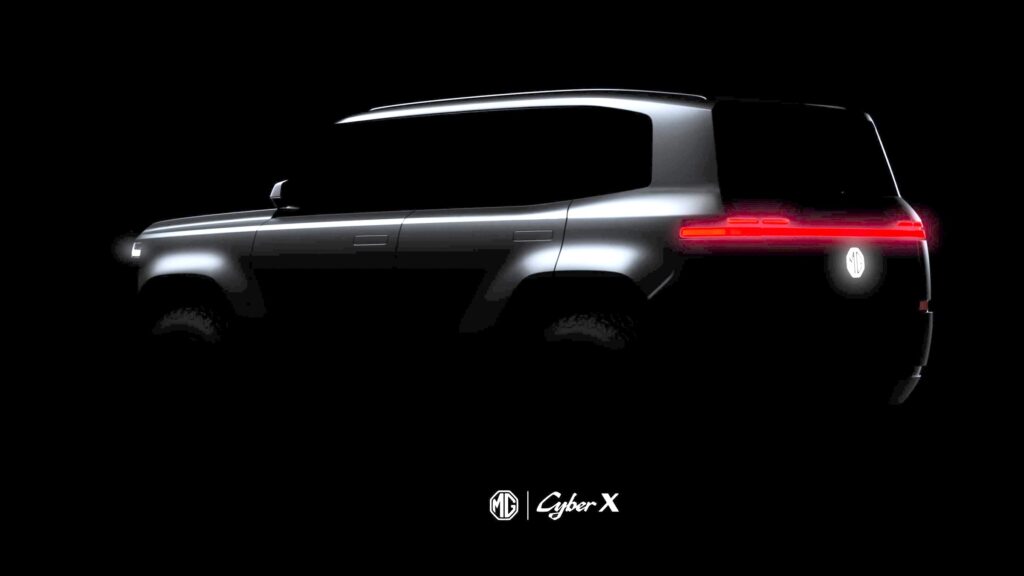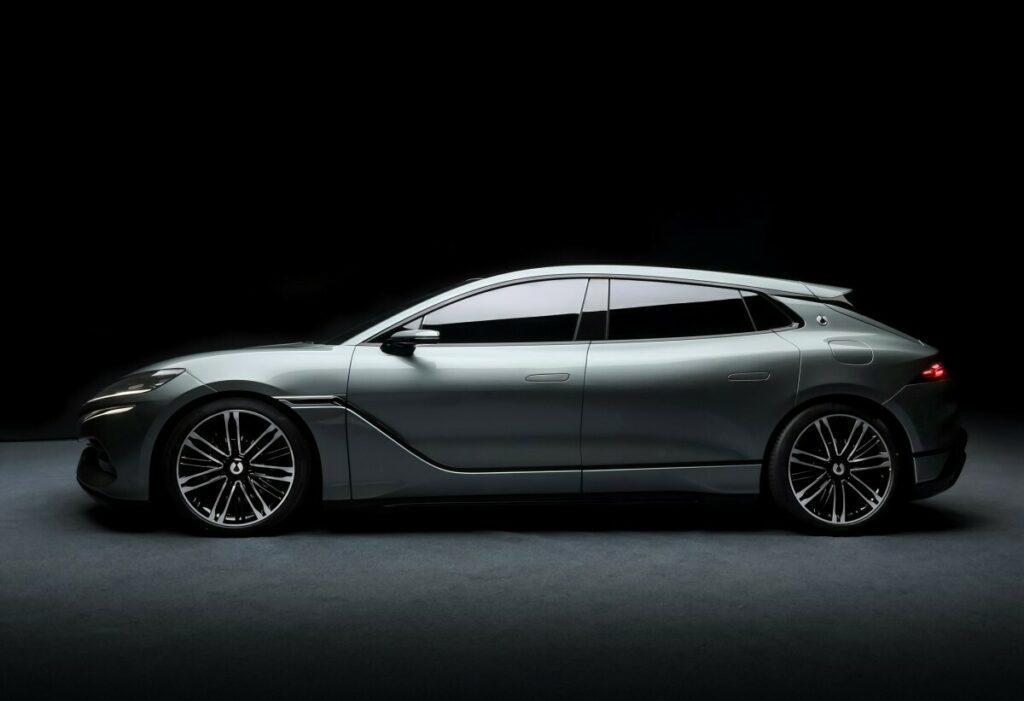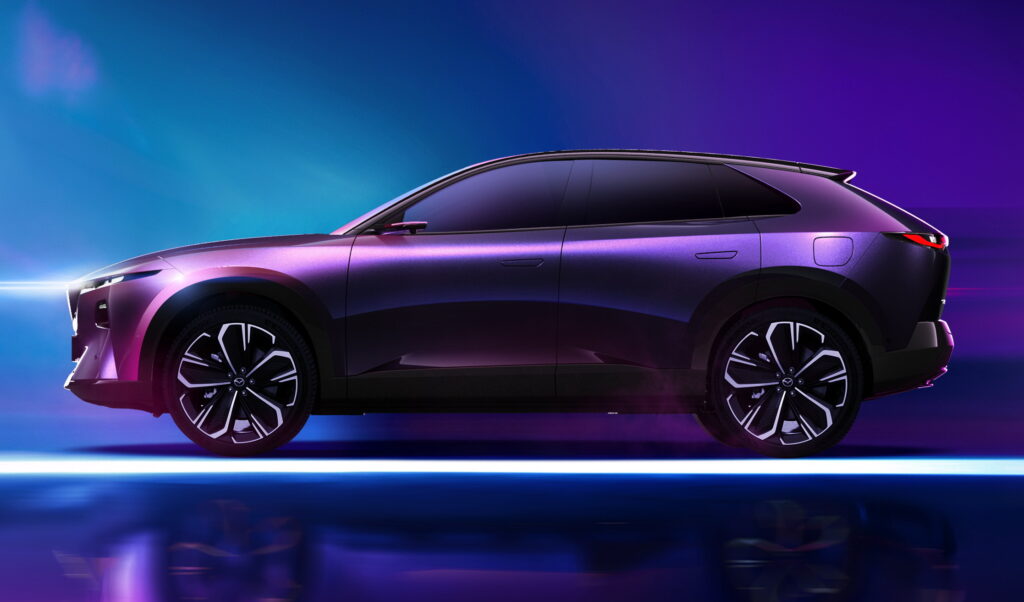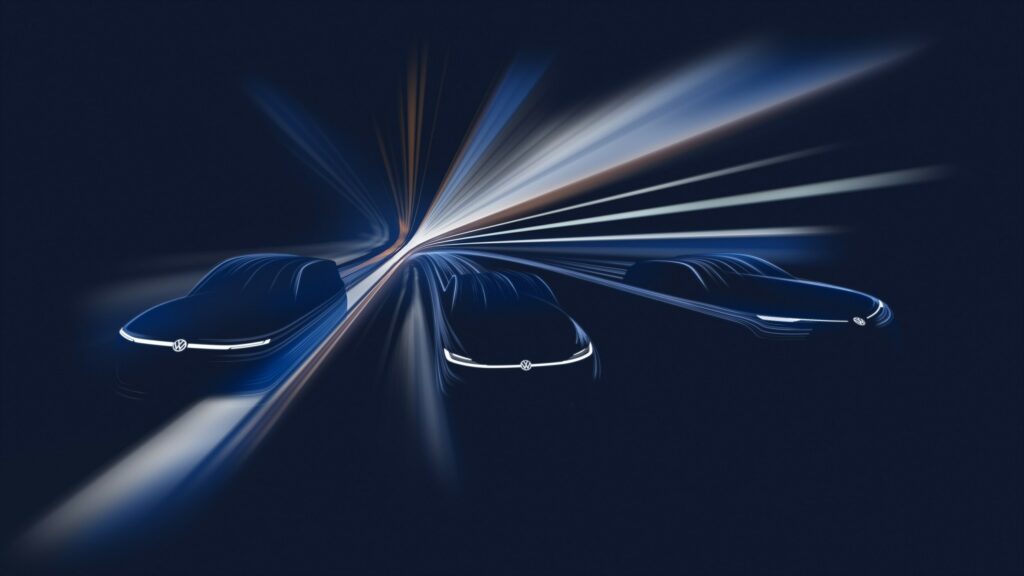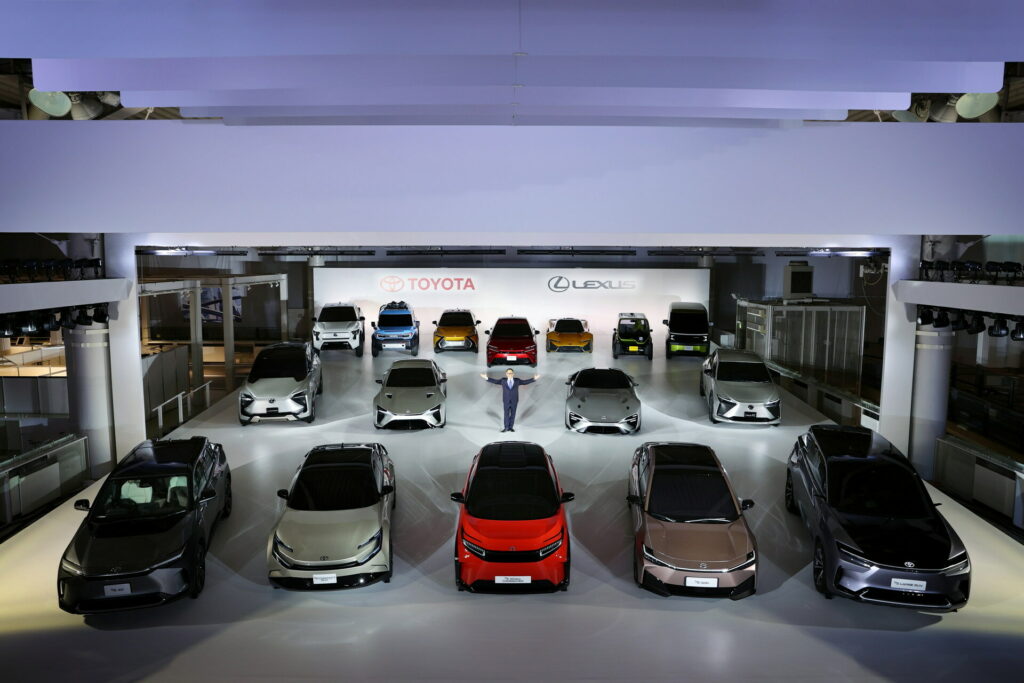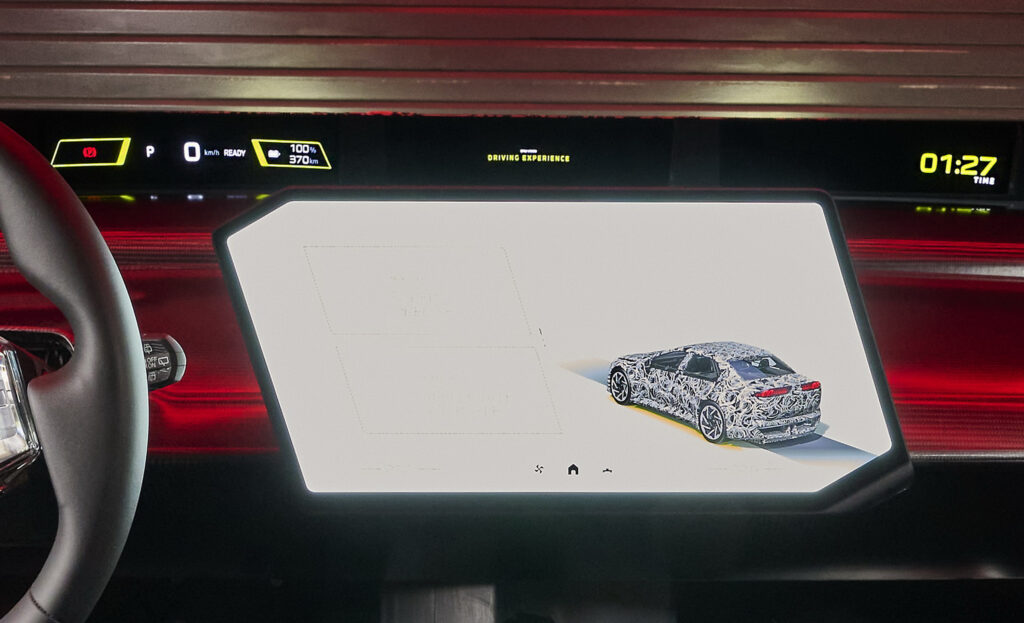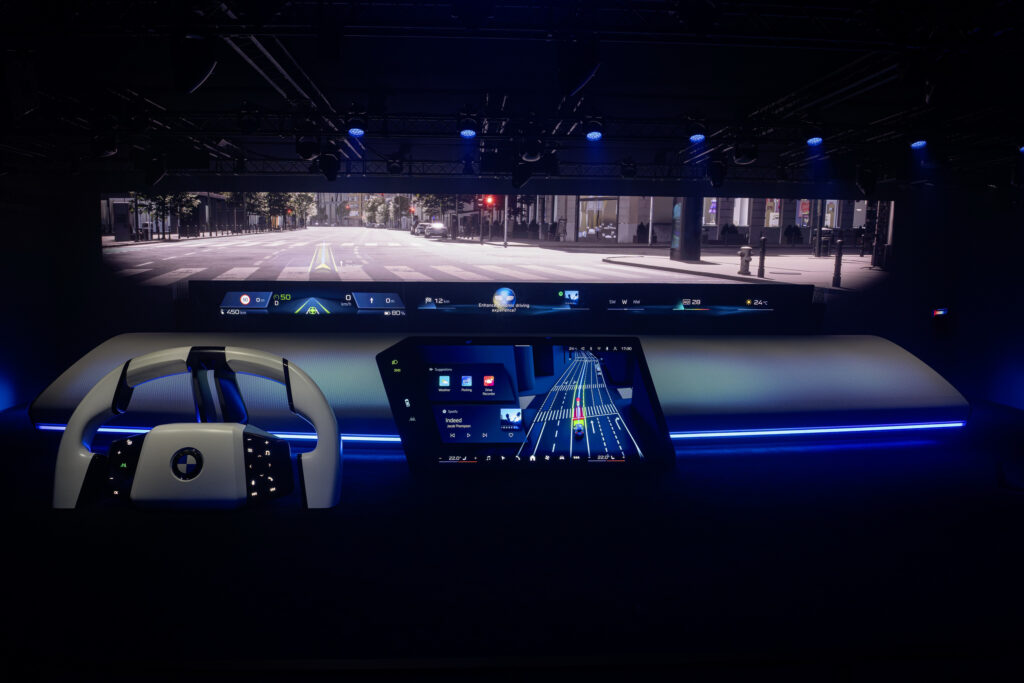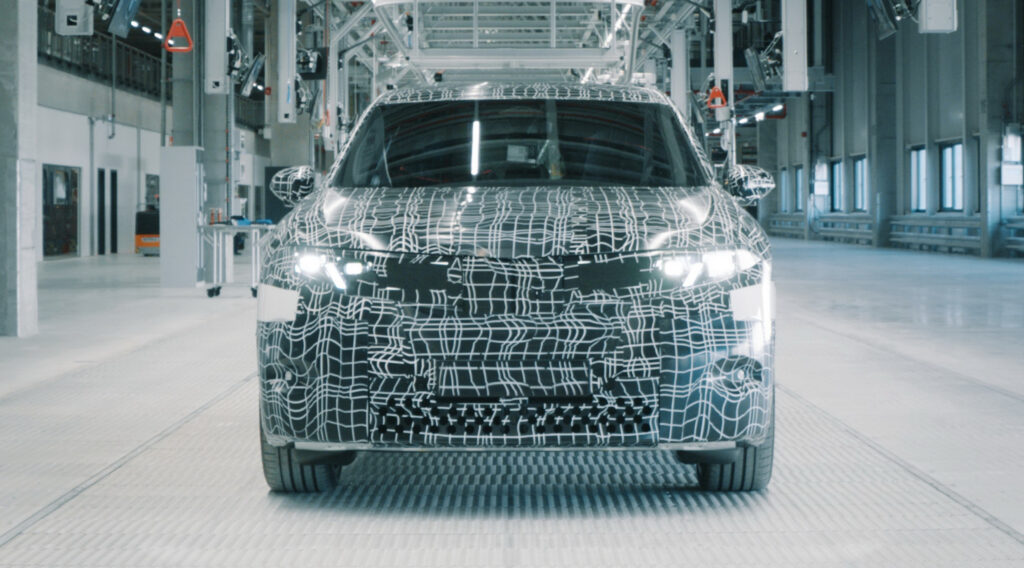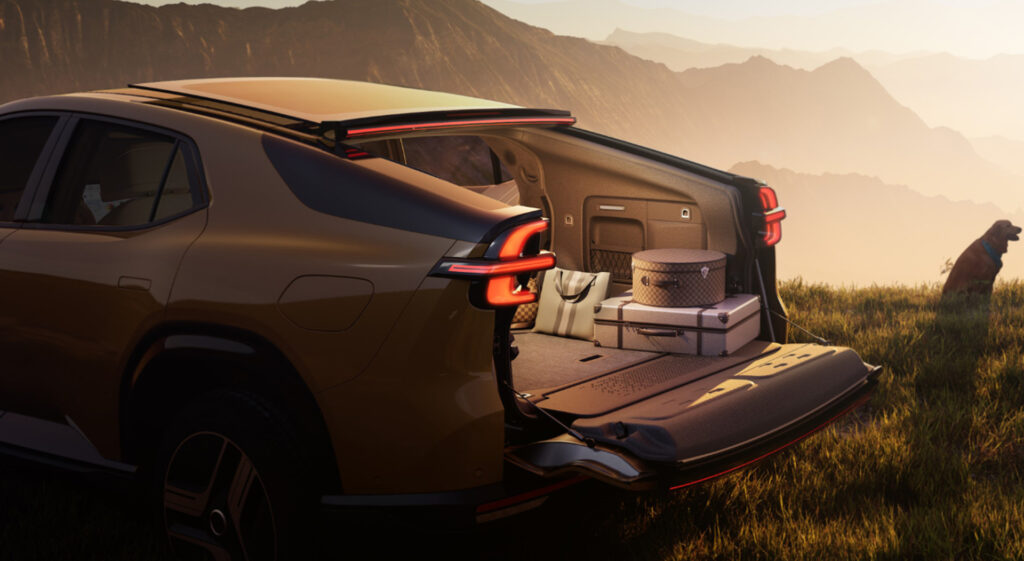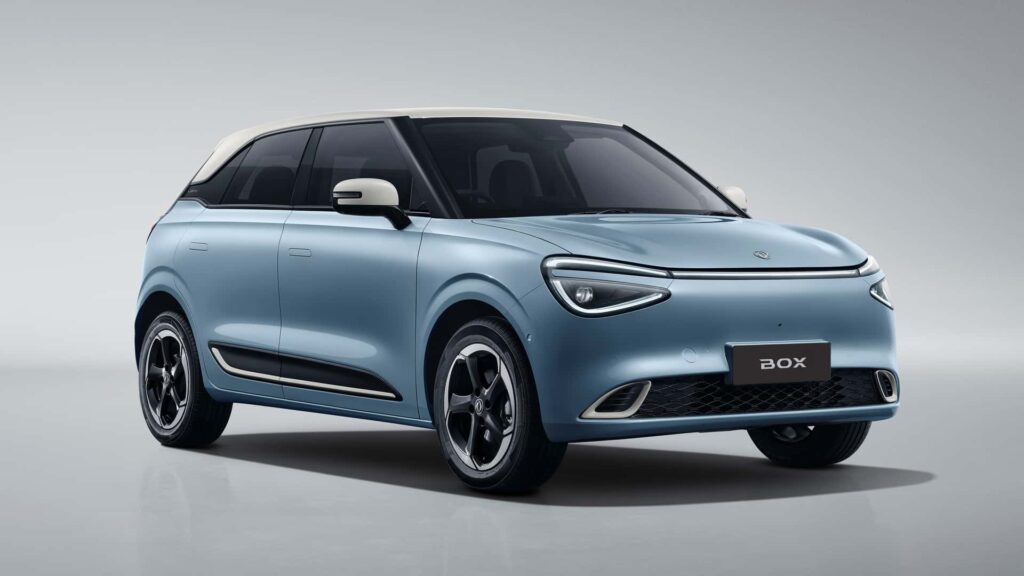How One Man Outsmarted US Tariffs To Legally Import A Chinese EV
- Chinese EVs might be ready to take over the world, but the US is a different story.
- Last year, Biden increased taxes from 25% to 100% to negate their price advantage.
- Trump’s new tariffs worsen things, but in 2021, someone managed to bring in a Wuling.
The US and China have been at loggerheads for quite some time and their rivalry seems to be intensifying with each passing day. One could describe it as a 21st Century version of the US vs. USSR situation – a Cold War 2.0 if you like, with China replacing the country that used to be known as the Soviet Union when the latter collapsed almost overnight in the early 1990s. Well, one always needs an big, scary enemy to galvanize their citizens and keep their military and industrial complex busy, right?
One of the most hardly fought fronts in this undeclared war is that of the automotive industry. See, China used to be a lot like the Soviet Union, seen by Westerners as monolithic and stuck in the past, its people allowed no freedom whatsoever. Most of them didn’t even have cars, for crying out loud, and those that did were forced to make do with sub-par, by our standards, locally-made ones. Oh, how the tables have turned.
The US Has A “National Security” Problem
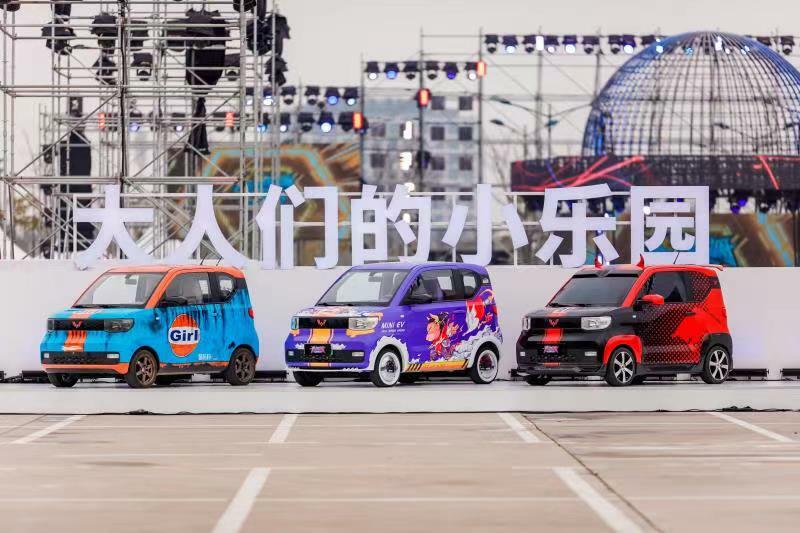
Nowadays, it’s the rest of the world that’s afraid at the thought of a Chinese invasion; only it won’t be by armored divisions, fighter squadrons and aircraft carriers, but something much more benign that’s already in vogue in the West: electric cars. Not cheap European or American knock-offs, either, but ones with cutting edge technology, modern design, lots of built-in features and even performance that can rival whatever their competitors throw at them. And all that at a much more affordable price, too.
No wonder the US is actively prohibiting them from being imported in the country on the grounds of protecting national security.
More: GM Launches Wuling Hong Guang Mini EV Macaron In China With Extra Features
It’s not something that started with Donald Trump, either, despite the 47th President being extremely vocal about putting an end to China’s advancements. The former occupant of 1600 Pennsylvania Avenue in D.C., Joe Biden, was the one who increased the tariffs on Chinese cars from 25 to 100 percent in 2024, while he banned tech giant Huawei from the States by evoking (you guessed it) national security concerns.
Excluding Chinese-made cars from brands like Volvo, Polestar and Ford, no cars from the Peoples’ Republic are allowed to be sold in the US, whereas GM and Ford have been doing business in China for many years and even build market-specific models that cater to local buyers’ preferences.
One Man’s Quest to Get His Hands on GM’s Wuling Macaron
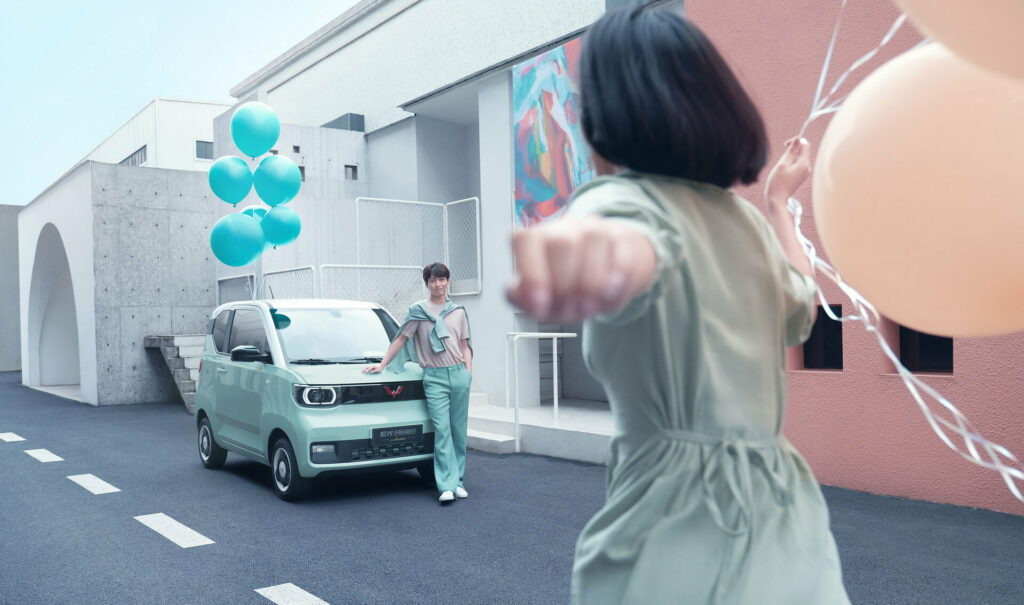
Which brings us to John Karlin, a guy who might or might not have had all of this in mind when he read an article in 2021 about GM China’s Wuling Hongguang Mini EV outselling the Tesla Model 3 in China. “I saw an article saying the most popular EV in the world is the Hongguang Mini EV, but you can’t have one. So that got me asking: Well, why is it the most popular vehicle? And why can’t I have one?,” he told Wired.
Eager to know what all the fuss was about, he went on and ordered a Wuling Macaron, a fancier version of the Mini EV, that he was determined to make his daily despite car imports from China being officially forbidden.
Undeterred, he bought one and started looking for a way to bring the EV on American soil legally. Buying it though was the easy part, and it cost him less than $8,000. Importing, registering and driving it on US roads proved to be the real challenge. By October Karlin, a registered nurse and quality process analyst, was driving from Oklahoma City to Freeport, Texas, to pick it up. Which, naturally, begs the question: how did he do it?
A Legal Loophole and an Ingenious Workaround
Karlin’s first roadblock was the 25-year law that allows cars of that vintage or older to be imported without going through the federal certification process. Problem: China wasn’t exactly making EVs that long ago. Grey, or parallel, imports, which thrive in other countries like the UK, where many Japanese icons have been imported over the years, was also not an option.
Congress made sure of that in 1988 when it outlawed them in order to protect US-made cars from the invasion of the Europeans and the Japanese that was happening at the time. Not that it eventually did domestic makers much good anyway.
Nevertheless, Karlin did have another recourse. As he told Wired, he discovered that certain states, including Oklahoma, have their own set of safety regulations for low- and medium-speed vehicles that aren’t allowed on highways. These are supposed to be street-legal golf carts or farm vehicles, but the diminutive Wuling Macaron fitted that description too.
More: The Cute Wuling HongGuang Mini Continues To Dominate China’s EV Sales Charts
The only thing he had to do in order to register it was to limit the EV’s top speed to 35 mph, proving that it wouldn’t go on a highway. While for many that would be a serious deterrent, Karlin mused that since he would only drive it to get to work or go grocery shopping, top speed wasn’t an issue anyway.
With that out of the way, the Macaron was registered, with Karlin thought be the first individual who brought such a car in the US. All in, it cost him around $13,000, which is 50 percent more than the sub-8k original price, but still cheaper than any other EV in the market, and it did the job quite nicely.
A Sweet Victory, But For How Long?
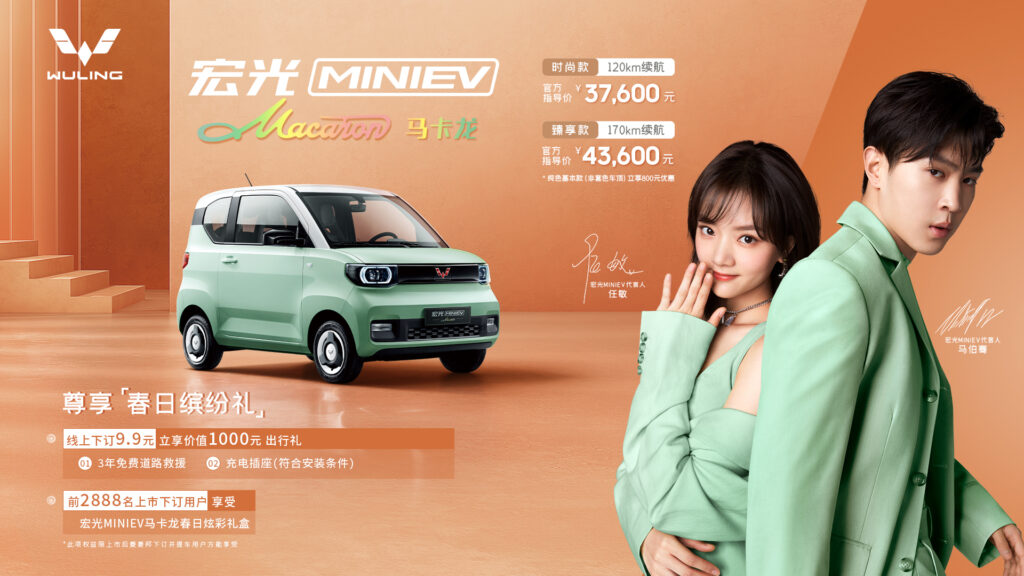
Karlin enjoyed the tiny Chinese EV for 12 months. Even though the state of Oklahoma re-audited his paperwork (he passed with flying colors) and he was followed by the police (but never pulled over), he was compelled to say goodbye when an unnamed US company offered to buy it from him in order to conduct research.
In fact, the company’s CEO visited him personally in Oklahoma City and sat in the car. Karlin admitted to Wired that he could “see the wheels turning in his head as he’s realizing this and that, and looking at these different features and materials”.
Today, with Biden’s 100 percent tax being compounded by Trump imposing a 20 percent levy on Chinese cars at first, and recently a 25 percent tariff on all imports, the cost would be significantly higher than it was in 2021, so going to all that trouble to bring in the Wulling probably wouldn’t make sense. But, at the time, it was a win for an individual fighting a government preventing him from getting his wish, and he did it all by the book, not by resorting to shady practices. We bet he feels going to all that trouble was well-deserved.
